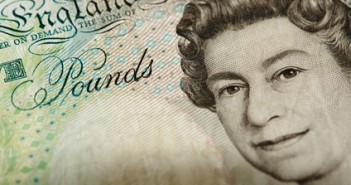British PPI Input rose by 0.4%. Early expectations stood on a modest gain of 0.1%. GBP/USD is now ticking up, but is still capped by resistance.
Pound/dollar is now at 1.5975, a bit higher than earlier. It got closer to 1.60, but this line is firm. This rise isn’t likely to cause the BOE to change its mind.
After a few months of strong rises, PPI Input fell by 2% last month, reflecting the drop in raw materials during the month of May.
Producer prices are more volatile than consumer prices, and are much more sensitive to changes in commodity prices. It doesn’t necessarily serve as a correct indicator for the Consumer Price Index, published next week.
The pound found it hard to cheer up on a nice correction in manufacturing production: the rise of 1.8% is a strong rise, and it also exceeded expectations.
But this rise after big drops. In addition, other recent figures regarding the UK economy were quite mediocre, to say the least.
As expected, the rates remained unchanged in Britain once again. No change is expected anytime soon.
GBP/USD has been capped by the round number of 1.60 in recent trading. It found some support at the old 1.5940 line. Further support is nearby, at 1.5910. Resistance is at 1.6110, followed by 1.62.
For more on GBP/USD, see the GBP/USD.
Tension is mounting in the markets towards the all-important release of US Non-Farm Payrolls. Expectations are for a gain of 100K jobs. The pound is relatively more vulnerable than other currencies to a strong US figure.
Read the NFP Preview for details on this big event.



